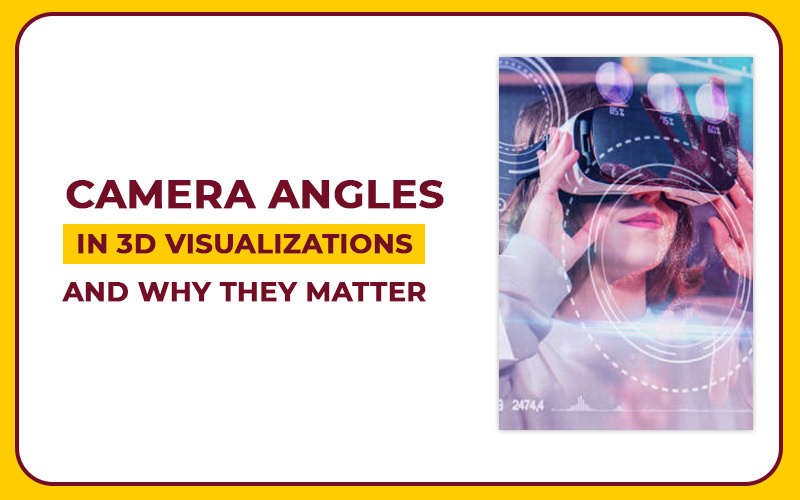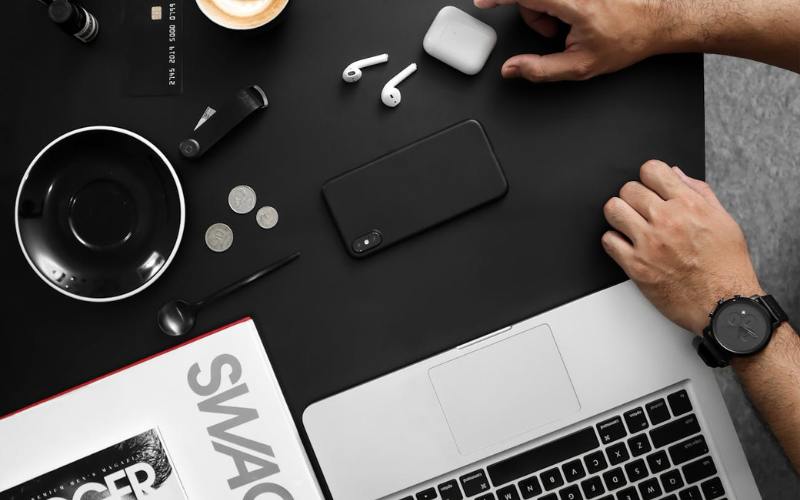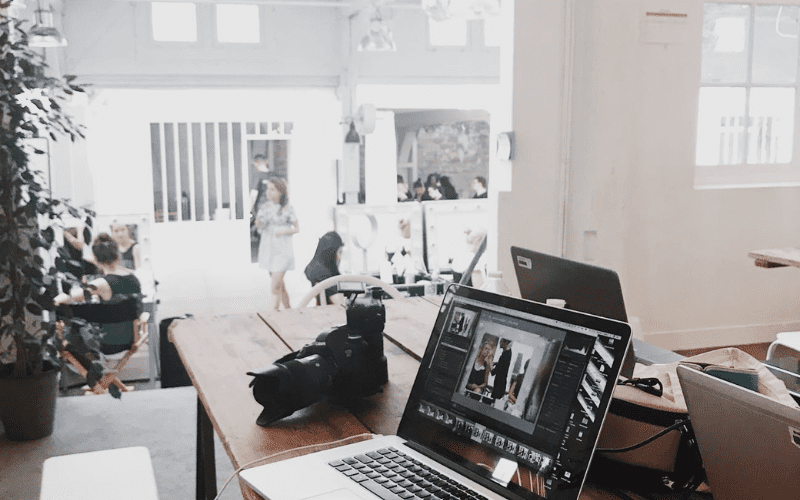Maybe the best way to describe 3D visualization is to compare it to photography. While both of them portray objects with great attention to detail and authenticity, only one of them can show the future. Artists conceptualize, draw, and render when they need to tell what something will look like.
Of course, the entire purpose of quality 3D visualization is to trick the viewer’s eye.
One way to do that is by camera angles.
The camera captures lighting, while lighting determines shadows and reflection. There’s no illusion of reality without these three elements – often underrated and overlooked.
Here’s how camera angles are used to achieve hyperrealism in 3D visualization and how choosing the right type affects the mood and composition.
Camera angles can emphasize essential elements
3D visualization displays stunning beauty and precision.
In architecture and elsewhere, otherwise empty or non-existent spaces are presented as if they were real. The living room from the render above is somebody’s living room. It’s all in the details – the laptop, the magazines, the tree branch. Only a real person would care enough to add water to the vase. These tips are learned through proper education for accurately capturing spaces.
Now, 3D visualization has many different fields of application. In all of them, be that a CGI blockbuster or a real estate render, spaces and objects must be portrayed with accurate dimensions and from the right viewpoint. The ambiance and esthetics are important, but so is providing transparency to the consumer.
Again, this is achieved with correct camera angles.
Camerawork accentuates the most important elements in the space.
The right angle can put a spotlight on a building in the middle of a bustling metropolis. It helps center the viewer’s eye and make objects appear isolated and in context simultaneously. But it also highlights other key elements in a less obvious manner – elements like proportion, composition, and symmetry.
Camera angles help create a narrative
For whatever purpose, 3D visualization must tell a story.
Let’s return to the render above for a quick moment. As we’ve seen, the details breathe some life into this modern living room so that it feels like a real place. But even more importantly, it feels like a place you would want to live in. It’s clean, spacious, and makes you feel cozy, even on a gloomy afternoon.
The ability to experience architecture by looking at the photo is embedded in the narrative.
And guess what creates the narrative; that’s right, camera angles.
This might be easier to notice in moving pictures (especially with an entire Oscar category dedicated to the camera). However, camera work tells the story in still imagery as well. For example, in exterior rendering, a lower side angle makes buildings look like movie stars – all confident and individualistic.
Such shots could appeal to consumers who are confident and individualistic too. This camera angle tells a different story from the one showing multiple buildings at eye level. It’s a clear shot that conveys stability and highlights communal spirit, preferred by a different type of consumer.
They tell users what to focus on
The camera manipulates the eye by showing what the cameraman wants.
And even though there isn’t a real camera (or cameraman, for that matter) in 3D visualization, the same effect can be achieved by getting the correct viewpoint. As we call it, perspective is crucial when you need to show a specific object or amenity. It tells consumers what to focus on without taking it out of context.
This might be easier to achieve in exterior rendering. Interiors are a bit more complex.
Within a certain interior, the camera is tasked with capturing the true essence of space.
Try to picture the way this living room would look from another perspective. If the camera angle were any different, the story and the mood would be different, too. For example, if the TV wall were the focal point of the render, the eye would miss the balcony and the table. There would be no windows and greenery.
In 3D visualization, clever camera angles show what the consumer wants to see.
Different camera angles you can use
Believe it or not, your eye is already trained to process and interpret different camera angles, all due to lifelong exposure to great movies. Take the famous Dutch angle, for instance. This is when the camera is tilted to one side, effectively portraying disorientation. You don’t need movie theory to experience that.
3D visualization artists don’t use this particular trick but utilize many others.
These are some of the most popular camera angles in 3D rendering:
- Eye-level shot
Showing the scene exactly the way you’d see it with a naked eye, the eye-level shot is a straightforward way to put objects in perspective. It also feels a bit too conventional. The camera is not trying to hint at anything special, so the result may lack intimacy or emotion. It feels stable, accurate, and consistent.
- Low angle shot
We’ve already talked about this one when we mentioned the movie star buildings. This is because movies frequently use low-angle shots to display characters as influential or important. The same applies to architecture, especially exterior rendering. This is how buildings appear taller and more monumental.
- High angle shot
In movies, a high-angle shot is the opposite of a low angle. In architecture, it doesn’t have a particular meaning. This shot, used mostly for exterior rendering, can display an overall vibe of a neighborhood or set the mood by showing surrounding landscapes. But more importantly, it’s used for showing layouts.
Conclusion
There are many different camera angles. In addition to showcasing space and proportions, they also allow 3D visualization artists to tell a story. Eye-level and straight-on shots contribute to hyperrealism, while low and high angles make objects appear more significant or put them in surrounding contexts.
In any case, camera work makes 3D renderings come to life.
Also Read: Buy Modafil MD 200mg online but safely!




